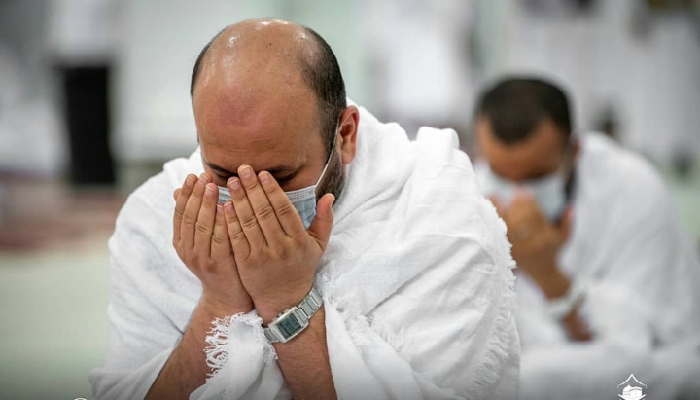Belagavi, Jul 27: Endorsing the idea of independent religious status for Veerashaiva-Lingayat community, Jaya Mrutyunjaya Swami of Panchamasali Peetha, Kudalasangama, has said that the 12th century reformer Basavanna had strongly opposed Vedic (Hindu) religion and its practices.
 Speaking to reporters on Wednesday, the seer said Basavanna fought against caste system in the Vedic religion and for gender equality. He gave a philosophy of one god worship, inventing the ‘Ishta Linga’ concept, and founded Lingayatism religion. People who had opposed separate religious status to Jains and Sikhs were creating confusion. They were now opposing independent religion status to Lingayat religion, which flourished in Kannada land, the Swami said.
Speaking to reporters on Wednesday, the seer said Basavanna fought against caste system in the Vedic religion and for gender equality. He gave a philosophy of one god worship, inventing the ‘Ishta Linga’ concept, and founded Lingayatism religion. People who had opposed separate religious status to Jains and Sikhs were creating confusion. They were now opposing independent religion status to Lingayat religion, which flourished in Kannada land, the Swami said.
After a long delay, the community has become aware and the time is ripe for them to get their due. The term Veerashaiva is a new one and is not equivalent to Lingayat. All those who followed Basavanna were Lingayats, he said.
The leaders of BJP and Congress should pay tributes to Basavanna by ensuring separate religious status. With the government sending its recommendations in support of the demand to the Centre, BJP leaders under the leadership of former chief minister B S Yeddyurappa should prevail upon the Narendra Modi government to accord the status. Lingayats had all the potential to become a separate religion, encompassing all sects, he said.
The seer said, Yeddyurappa, who had opposed the separate religious status, had changed his view and clarified he would be bound by the decision of the Veerashaiva/Lingayat Mahasabha. He said a convention of the Lingayat community to demand separate religion status would be held at Kudalasangama on August 20.







.jpg)
.jpg)
Comments
The move is much impressive and a great step towards Logic, but still lacking towards perfection.
We should know well the God has a already decreed us the religion which is for all to obey. That religion is perfectly preaching 1ness and much perfect.
We dont want to worry to invent it, as the God has already introduced it for all of us.
We need to just identify it amontst the so called religions. You be whoever with your name.
You have Islam religion is there which God has created for all. Read and understand it, nothing can be found parallel to it.
Because it is the devine set of God's command in its entirety forms one and only true religion.
Please know it well, it is the latest revised version of its predecessing religions Judaism and Christianity.
In otherwords it is the latest version by the God for all of us. Follow it well it is Lingaitism in its purest form.
This is like is you are searching true gold among the imitated fake products.
It is everybody's duty and right to seach for your rights.
Its shame that courts are respecting terrorists and releasing them on bail whereas innocents are denied of bail and rotting in jails. This is ache din for trouble makers and hate mongers.
Death Israel terrorists and their supporters. May Allah destroy Israeli army and let them go to hell. Its shame that Muslim countries and UNO is doing nothing for the force being used by Jews terrorists on unarmed palestinians.
Basavanna was a thinker beyond his times. He questioned the prevalent religious systems of his time and promoted social and gender equality. We have a lot to learn from him- to not stick to old religious dogmas and democratically rethink about religious teachings.
Unfortunately, we have forgotten him.
Add new comment